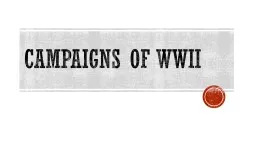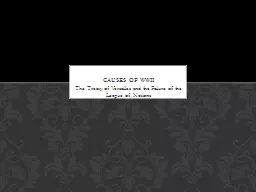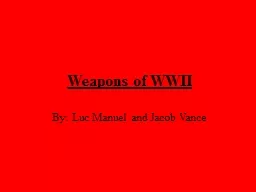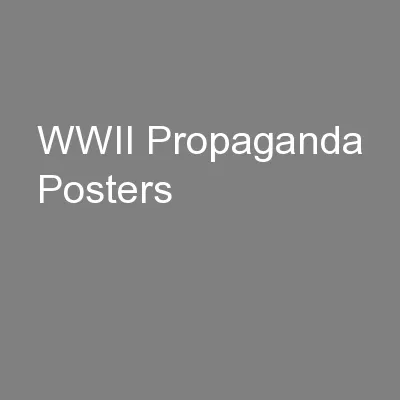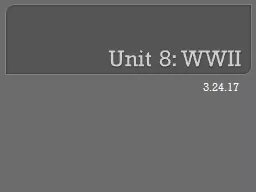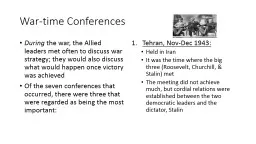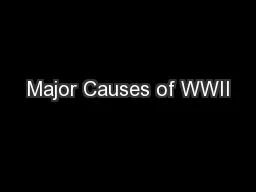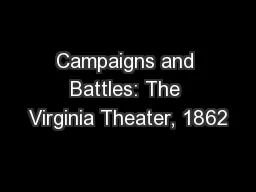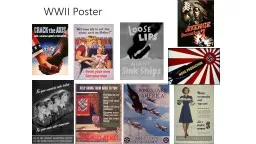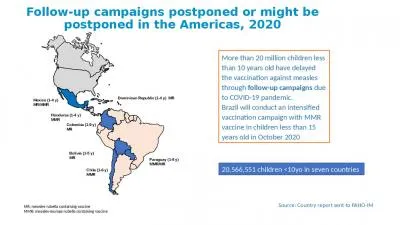PPT-Campaigns of WWII
Author : stefany-barnette | Published Date : 2017-09-30
Polish Campaign Using blitzkrieg Hitlers armies crushed Poland in four weeks In accordance with his pact Poland was partitioned between Germany and Soviets
Presentation Embed Code
Download Presentation
Download Presentation The PPT/PDF document "Campaigns of WWII" is the property of its rightful owner. Permission is granted to download and print the materials on this website for personal, non-commercial use only, and to display it on your personal computer provided you do not modify the materials and that you retain all copyright notices contained in the materials. By downloading content from our website, you accept the terms of this agreement.
Campaigns of WWII: Transcript
Download Rules Of Document
"Campaigns of WWII"The content belongs to its owner. You may download and print it for personal use, without modification, and keep all copyright notices. By downloading, you agree to these terms.
Related Documents

